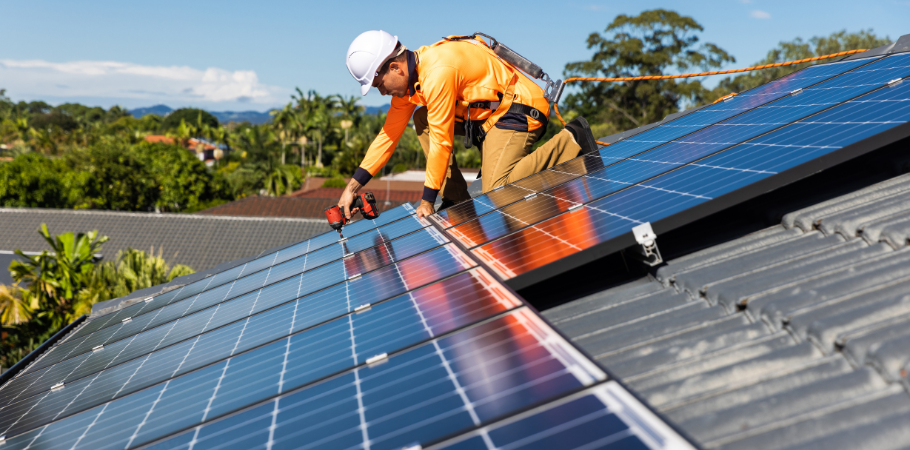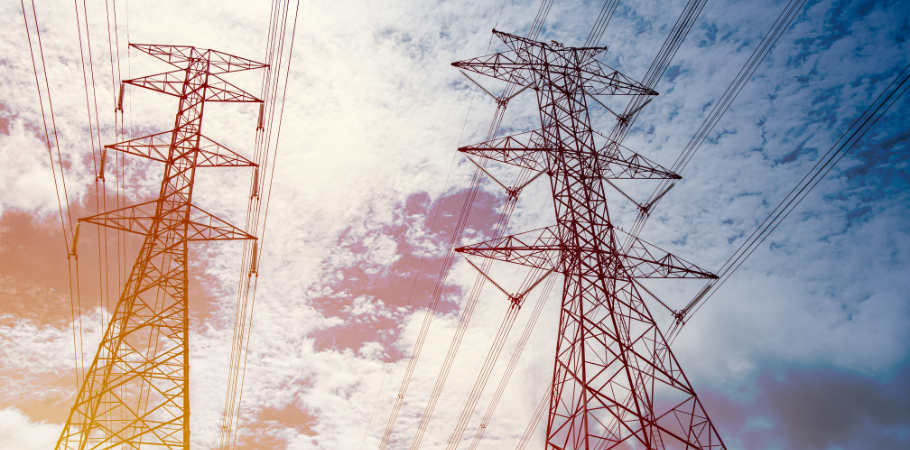
One of the most popular initiatives to reduce carbon dioxide emissions is the introduction of renewable energy. Renewable energy can generate electricity using natural forces such as solar and wind power. Therefore, it is possible to produce energy without emitting carbon dioxide into the atmosphere like fossil fuels.
In addition, since there is no risk of depletion, there are high expectations as an alternative energy source to fossil fuels. When you only hear about the benefits of not emitting carbon dioxide and not depleting it, renewable energy seems like a great thing.
However, there are many challenges in renewable energy as well. In this article, we will discuss the challenges of renewable energy and how to solve them.
What is renewable energy?
1. Overview of Renewable Energy
Renewable energy is a new form of energy that can generate electricity using the power of nature. Until now, we have been using fossil fuels such as oil and natural gas for energy.
By burning this fossil fuel, we have produced electricity. This is thermal power generation.
However, by burning fossil fuels, we are emitting a large amount of carbon dioxide, which is a harmful substance that promotes global warming.
This is where renewable energy is attracting attention. Renewable energy does not emit carbon dioxide like fossil fuels because it can directly convert the power of nature into electricity.
Therefore, renewable energy is an indispensable energy source for achieving a decarbonized society.
2. Typical Types of Renewable Energy
Here are five of the most common types of renewable energy.
- Sunlight and electricity: Photovoltaic power generation uses sunlight to generate energy. Specifically, by exposing sunlight to a device called a “solar cell,” it creates a flow of electricity and obtains electricity from the flow of electricity.
- Wind power: Wind power uses the wind to generate energy. When the wind turns the windmill, it generate energy, and when transmitting the generated energy to the generator inside, it generates electricity.

- Geothermal electricity: Geothermal power generation is a method of generating electricity using geothermal, or magma. The heat of the magma evaporates rainwater that has accumulated underground and turns it into steam. Then, this steam turns a turbine and generate electricity.
- Hydraulics and electricity: Hydropower can literally use water to generate electricity. The flowing water from a high position to a low-lying generator will generate electricity.
- Biomass power generation: Biomass power generation is a power generation method that uses waste, animals and plants as raw materials. It is made from livestock manure, unused wood, rice straw, corn, sugar cane, rapeseed, etc. By burning these, they turn the turbine and generate energy.
See more: What is Renewable Energy? Explore Advantages & Disadvantages
What are the Challenges of Renewable Energy?
In Singapore, renewable energy isn’t very popular, and there are still many challenges, such as: high price, requiring a large area, the length of implementation time and unstable power generation.
1. High Cost
Renewable energy is more expensive than fossil fuels. Therefore, Singapore relies heavily on natural gas for electricity generation.
Some renewable energies cost more than twice as much as the cost of generating electricity using fossil fuels such as coal and natural gas. In other words, by switching to renewable energy, your electricity bill will more than double.
However, renewable energy is becoming more competitive, and Singapore is actively investing in this sector. While fossil fuels might still hold a slight edge in terms of immediate cost in some cases, the long-term trend might favor renewable energy.
2. Requires a Large Area
Renewable energy power plants require a larger area than fossil fuel power plants.
In fact, Singapore is a densely populated island nation with limited space for large-scale renewable energy projects that require vast areas, like solar farms and wind turbine clusters.
While Singapore enjoys abundant sunshine, the real estate for sprawling solar farms is scarce. Rooftop solar panels offer some potential, but they can’t meet the country’s entire energy demand.

Moreover, building dams for hydroelectric generation simply isn’t feasible due to the lack of rivers with sufficient flow.
3. Length of Time Required for Implementation
One of the challenges is the length of time it takes to deploy renewable energy.
First, we need to investigate whether the new power plant we are building could have a negative impact on the surrounding environment. Once that investigation is complete, we move on to the next step.
For example, you may need to figure out how much area you want to use to install a power plant, or calculate how much space you will need to generate the required amount of power.
In addition, it may take several years or more from the start of the above work to the installation of the power plant.
4. Unstable Power Generation
The amount of electricity generated from renewable energy varies from day to day. This unstable amount of power generation is one of the major challenges of renewable energy.
The reason why the amount of electricity generated is unstable is that renewable energy uses solar and wind power to produce energy.
For example, in the case of solar power generation, the amount of electricity generated is lower on rainy or cloudy days than on sunny days because the weather varies from day to day.
In addition, since the daylight hours are different in summer and winter, there is a difference in the amount of power generated depending on the season.
This is the cause of unstable power generation.
What are the Solutions to Renewable Energy Challenges?
So far, we have introduced the challenges of renewable energy. From here, I will explain the solution to that problem.
1. Technical Development
Increasing technological development of renewable energy technologies will help solve all five of the challenges listed in this article. As technology develops, the introduction of renewable energy will become easier than it is now, and the cost will decrease.
In addition, if countries improve the efficiency of renewable energy generation, the area required for installation will be reduced, and a stable power supply will be possible. And the smaller the power plant to be installed, the less time it takes to build.
Moreover, as technology development progresses, it may be possible to make good use of existing power supply systems and supply electricity generated by renewable energy.
2. Reduced Costs
Reducing the cost of renewable energy is one of the effective solutions. The installation and maintenance of renewable energy generation equipment is still expensive. However, various efforts are underway to reduce that cost.
For example, the introduction of the “top-runner method” to set the purchase price of large-scale solar and biomass power generation, and the development of new technologies (e.g., perovskite solar cells).
3. Maintenance of Power Supply System
In order to spread renewable energy, it is necessary to develop an electricity supply system. Adding new transmission facilities with access to renewable energy is also an effective measure.

However, its construction would cost quite a lot of money. This is a way to create rules that flexibly utilize the free capacity of the existing power grid, so that more electricity can flow, including those powered by renewable energy.
Conclusion
Renewable energy is energy that harnesses the power of nature, such as the sun, wind, and water.
The use of renewable energy has advantages such as reducing carbon dioxide emissions and not worrying about resource depletion. However, the introduction of renewable energy is not an easy task.
There are challenges such as high cost, large land required to install power plants, difficulty in transmitting electricity, long time to install, and stability of power generation. However, we can solve these issues if technological development progresses.
Currently, Singapore aims to reduce carbon dioxide emissions to zero in order to prevent global warming. In order to achieve this, it is essential to cooperate not only with large companies but also with small and medium-sized enterprises.
Efforts to reduce carbon dioxide emissions are now gaining significant social recognition. Why don’t you take action toward decarbonization in your own company?


